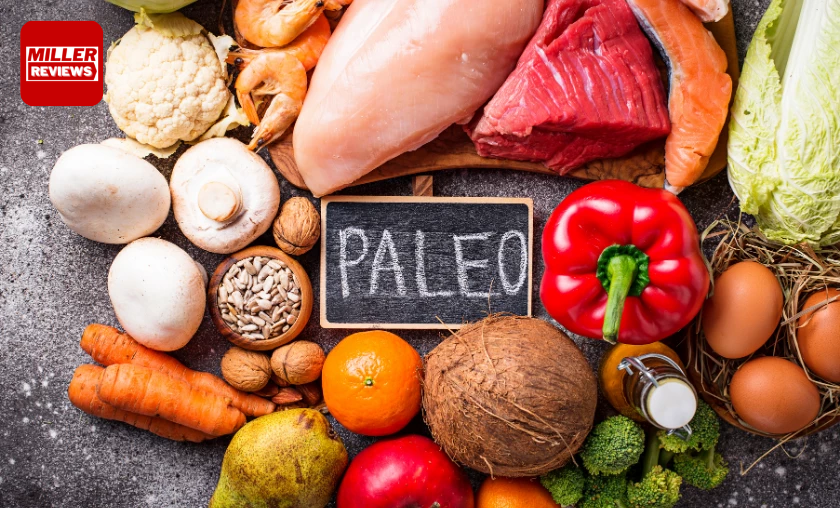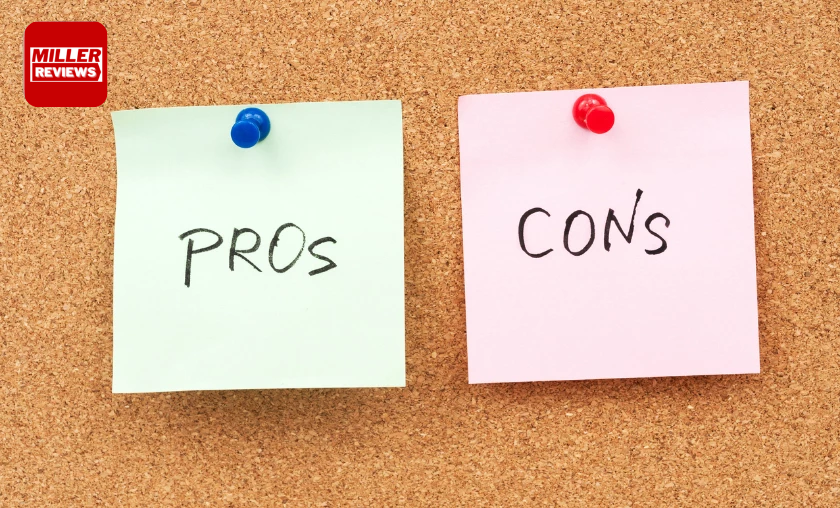Hey there! So, let’s dive into this fascinating topic known as the “Paleo Diet.” & “Paleo Problem“ You might have also heard it being referred to as the “Caveman Diet,” “Stone Age Diet,” “Hunter-gatherer Diet,” or even the “Palaeolithic Diet.” Essentially, it’s a diet plan that aims to mimic the eating habits of our ancestors who roamed the Earth some 10,000 to 2.5 million years ago during the Palaeolithic Era. Can you believe it? We’re talking about going way back in time here!
Table of Contents
Paleo Problem: But, What is the Paleo Diet Consist of?

Okay, I can totally sense that you’re curious about this whole “paleo diet” thing. Well, let me break it down for you, my friend. The paleo diet revolves around including specific food items while excluding others. So, what exactly is on the menu?
Here’s the scoop: The paleo diet emphasizes the consumption of fruits, vegetables, fish, lean meat, seeds, and nuts. It’s all about returning to basics and focusing on the kinds of food our ancestors could easily find through hunting during ancient times. But hold up, there’s more to it! The paleo diet takes a firm stand against certain foods that emerged during the farming era. That means grains, legumes, and dairy products don’t make the cut in this dietary approach.
So, there you have it, my friend. The paleo diet is all about embracing nature’s bounty while giving the cold shoulder to foods that entered the picture during the farming era. It’s an interesting way of reconnecting with our ancestral roots through the choices we make on our plates.
Why Opting for a Paleo Diet?

Alright, let’s dig into the purpose behind the paleo diet. The idea here is to adopt the same eating pattern as our ancestors did during the intriguing “Palaeolithic Era.” The hypothesis behind this whole shebang is that our modern diet doesn’t quite match up with our genetic makeup. We’re playing a game of dietary catch-up, and it’s not exactly working in our favor.
The belief is that this genetic mismatch is increasing the risk of serious health issues like diabetes, obesity, and cardiovascular disease. But hold your horses, my friend, because we’re not quite ready to draw a definitive conclusion just yet. While there’s definitely some intriguing evidence to consider, we still need more research and investigation to fully understand the ins and outs of this hypothesis.
So, there you have it. The paleo diet addresses this genetic mismatch by mirroring our ancestors’ eating habits. It’s an ongoing journey of discovery, where we’re trying to unravel the connections between our genes, our diet, and our overall health. Stay tuned as we continue to uncover the truth behind this fascinating concept.
People follow the paleo diet plan for mainly two reasons
- First and foremost, folks choose the paleo diet because they’re on the lookout for a diet plan that suits them. They want something that aligns with their personal goals and preferences. It’s all about finding that perfect fit, you know?
- Secondly, shedding some pounds and maintaining a healthy weight is another driving force behind embracing the paleo lifestyle. Weight loss is a common goal for many, and they believe that the paleo diet can help them achieve it. It’s all about finding a sustainable way to reach and maintain a body weight that makes them feel their best.
Which Foods to Eat in the Paleo Diet?:

- Fruits
- Vegetables
- Seeds & nuts
- Lean Meat- Especially grass-eating animals
- Fish- especially tuna, mackerel, albacore, or salmon, as these fish are rich in “Omega-3 fatty acids”.
- Oils- from the nuts and fruits, i.e., walnut oil or olive oil
Now, which food items to Avoid in the Paleo Diet?:

- Salt
- Dairy Products
- Potatoes
- Processed foods, in particular
- Legumes such as peanuts, beans, peas & lentils
- Processed or refined sugar
- Grains- Oats, wheat & barley
The paleo diet varies based on individual needs, with some opting for a strict plan.
Several clinical trials have compared the paleo diet to others like the “Diabetes Diet Plan” or “Mediterranean Diet Plan,” offering valuable insights when combined with fruits, vegetables, low-fat dairy, legumes, whole grains, and lean meat.
However, further research is needed to examine the paleo diet’s long-term effects and potential disadvantages. But first, let’s explore its advantages.
The Pros & Cons of the Paleo Diet

Pros
- Weight loss support
- Improved appetite management
- Low triglyceride intake
- Better blood pressure control
- Enhanced glucose tolerance
- High protein content for growth, development, and muscle health
- Good fats from sources like nuts, olive oil, and avocado
- Improved muscle and kidney function due to potassium-rich fruits and vegetables
- Reduced risk of diabetes and cardiovascular disease through the elimination of processed foods, resulting in lower sugar and salt intake.
Cons
- Decreased intake of essential vitamins and nutrients due to eliminating certain food groups.
- Lower fiber intake from the exclusion of whole grains, which can negatively affect gut health.
- Increased risk of tooth decay and low bone density from inadequate calcium consumption.
- The omission of legumes is beneficial for gut health and provides essential minerals.
- The paleo diet may not align with our modern social and genetic evolution, impacting our health.
- Following the exact diet of our ancestors is challenging and may not be practical due to the evolution of plants and animals.
Conclusion
The paleo diet, also known as eating like a caveman, comes with its fair share of pros and cons. It offers benefits such as potential weight loss, improved appetite management, and a focus on wholesome foods. However, there are also concerns to consider, including potential nutrient deficiencies, reduced fiber intake, and the exclusion of certain beneficial food groups like legumes.
Furthermore, replicating our ancient ancestors’ exact diet may only partially align with our modern genetic and social evolution. It’s essential to weigh these factors and make informed decisions about whether the paleo lifestyle is the right fit for your health and well-being.
For More amazing articles related to Health Check out our website Over Here
To Read more similar articles click here
Thanks for visiting our Website. If you appreciate our work, kindly show us some support in our comments section 🙂